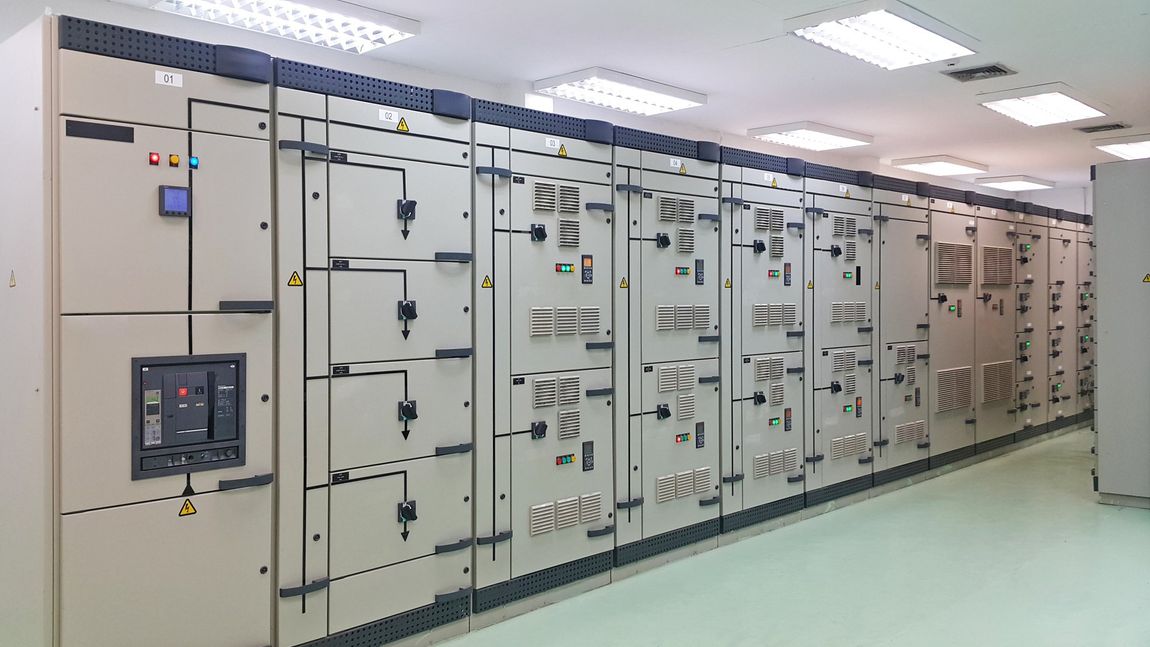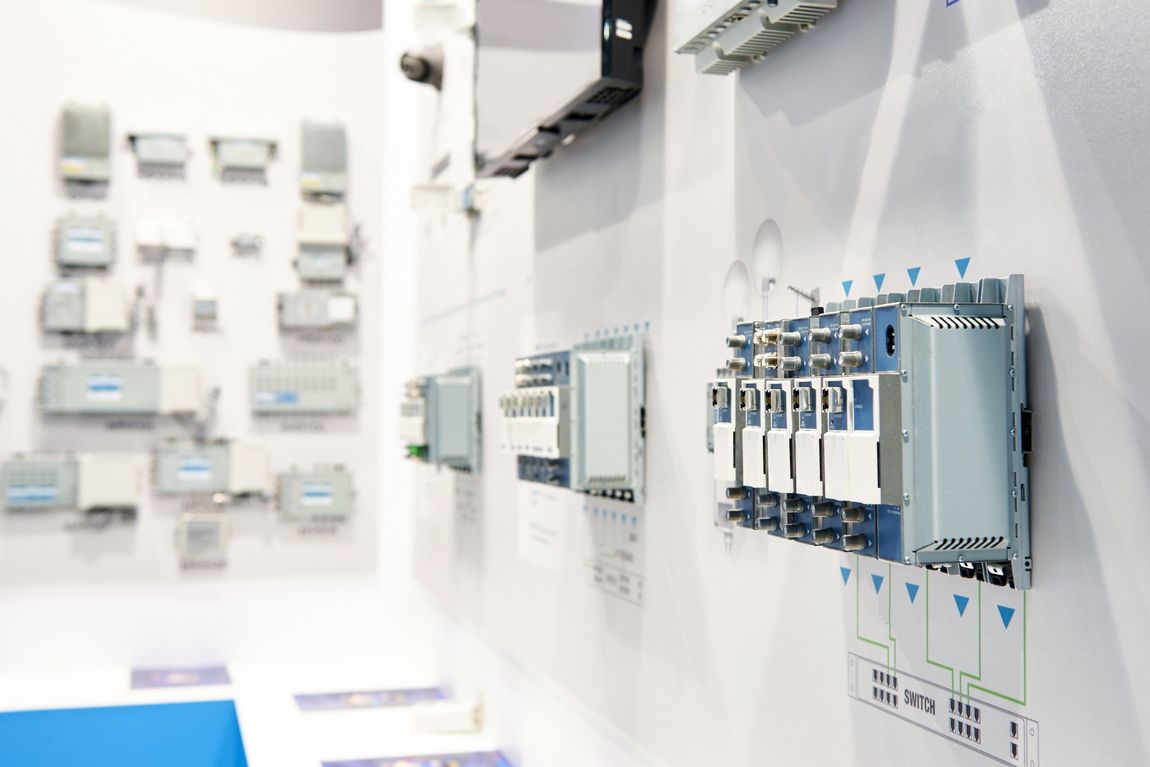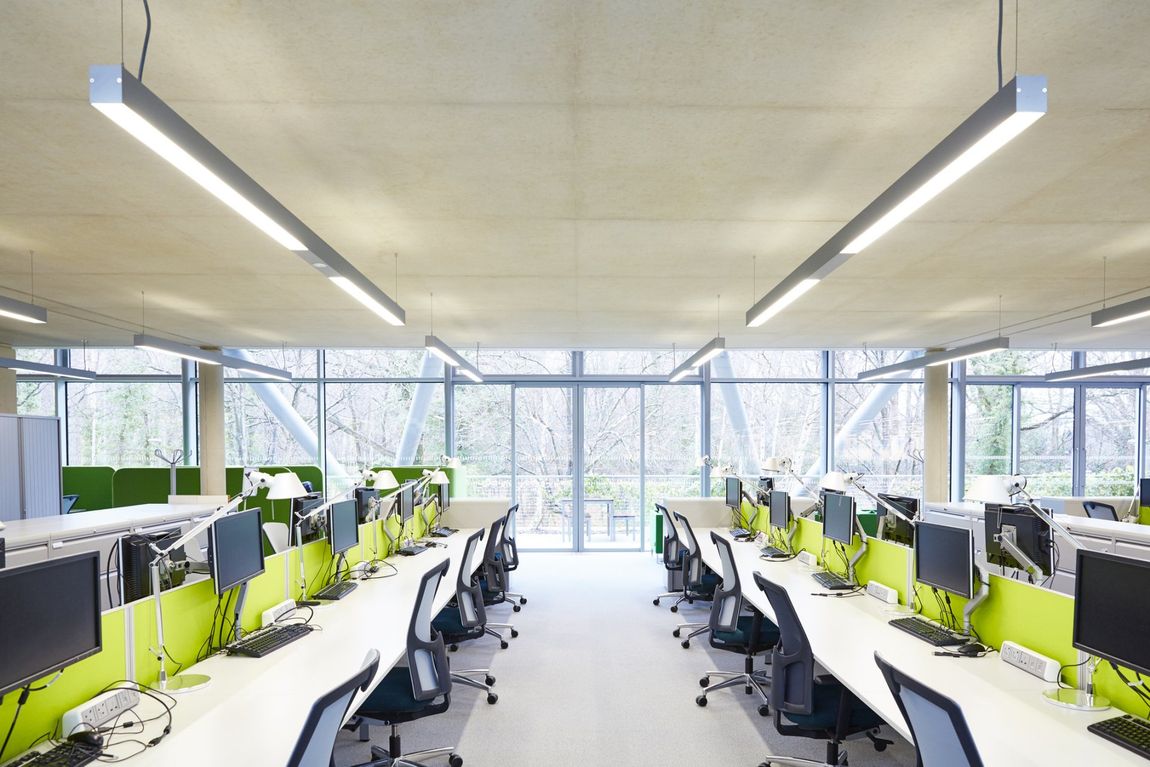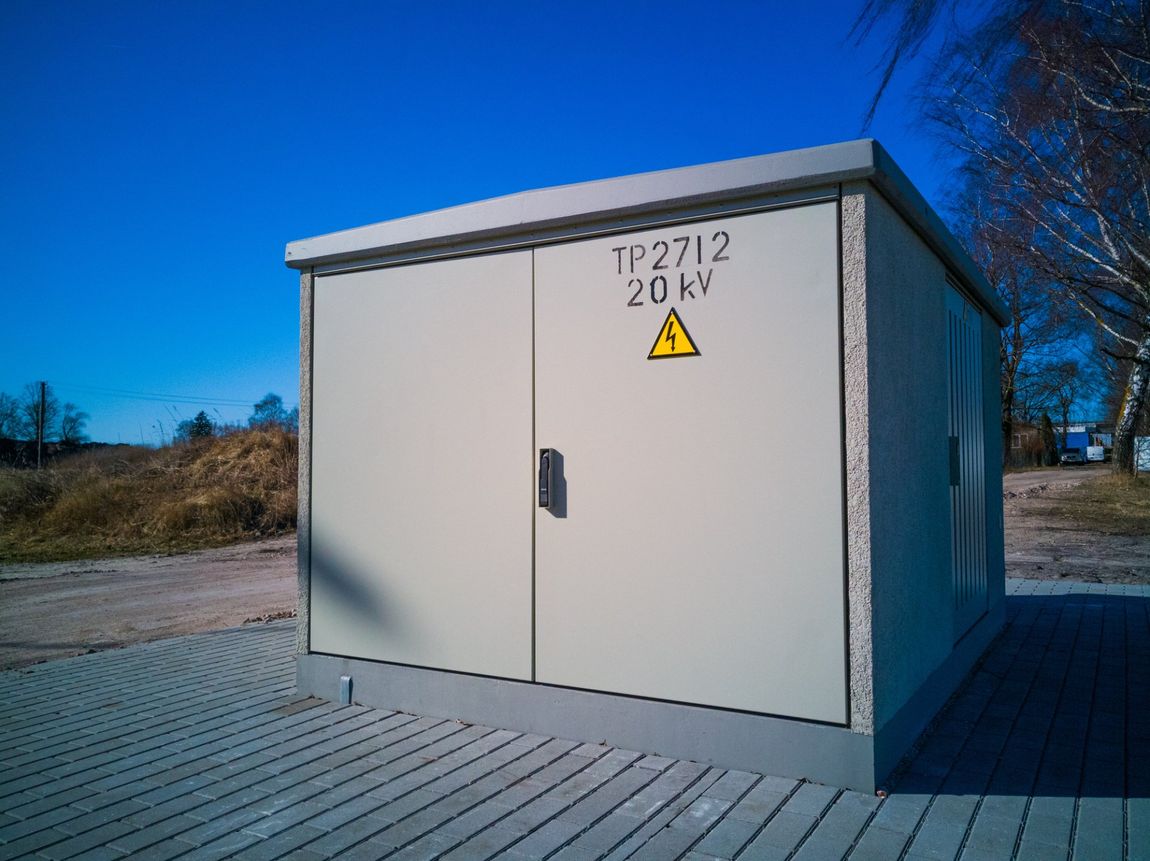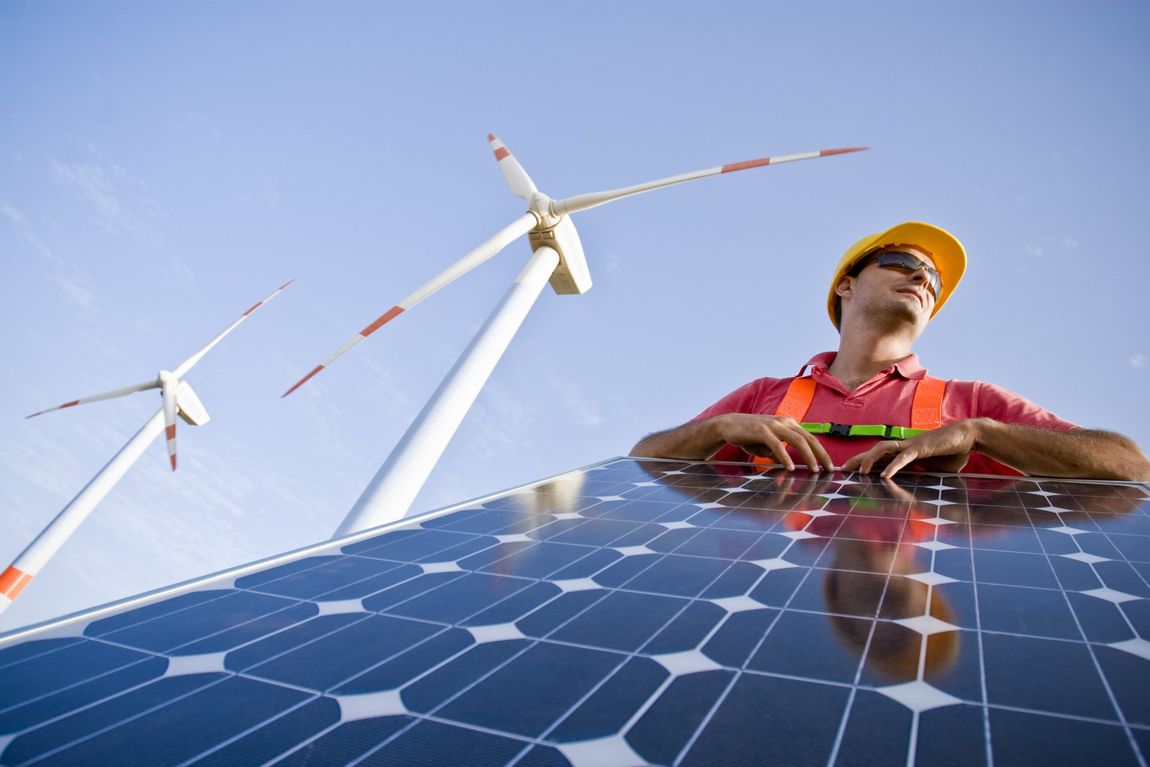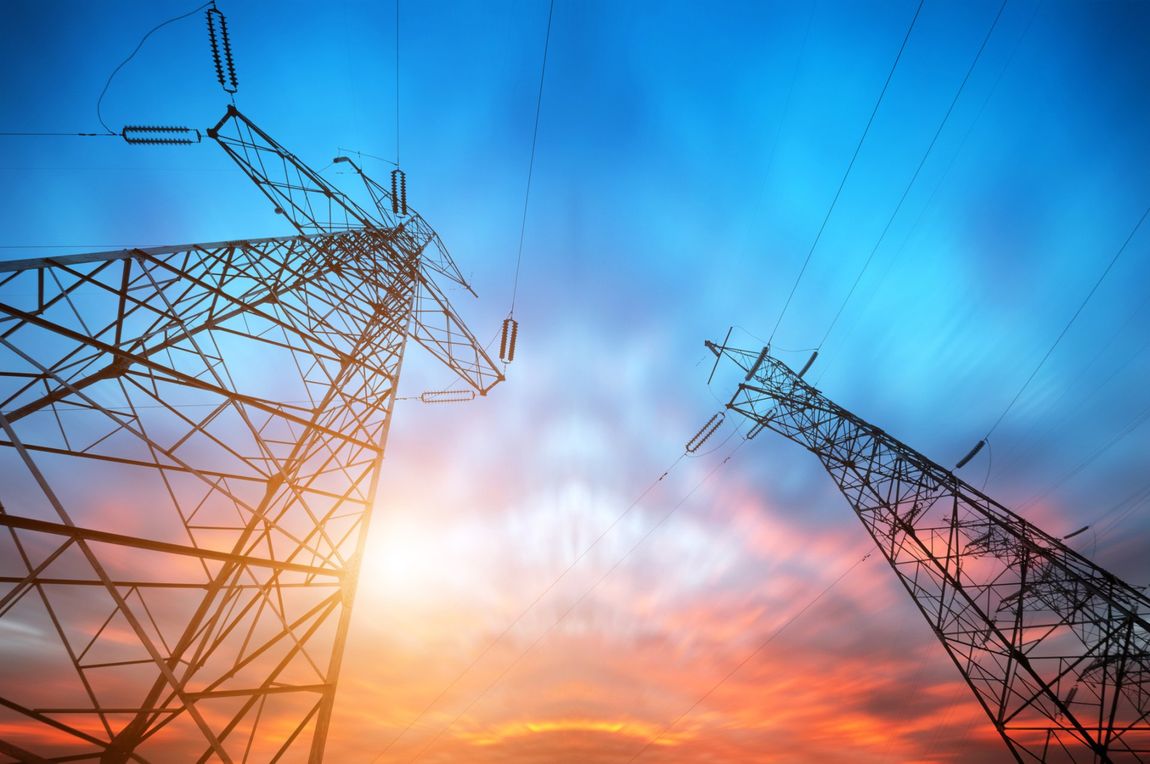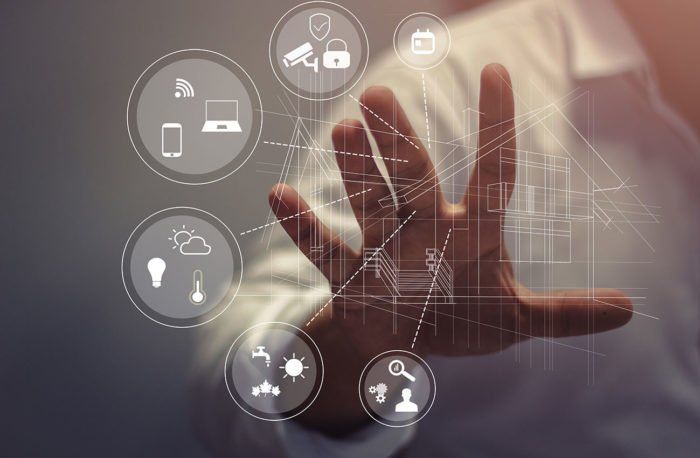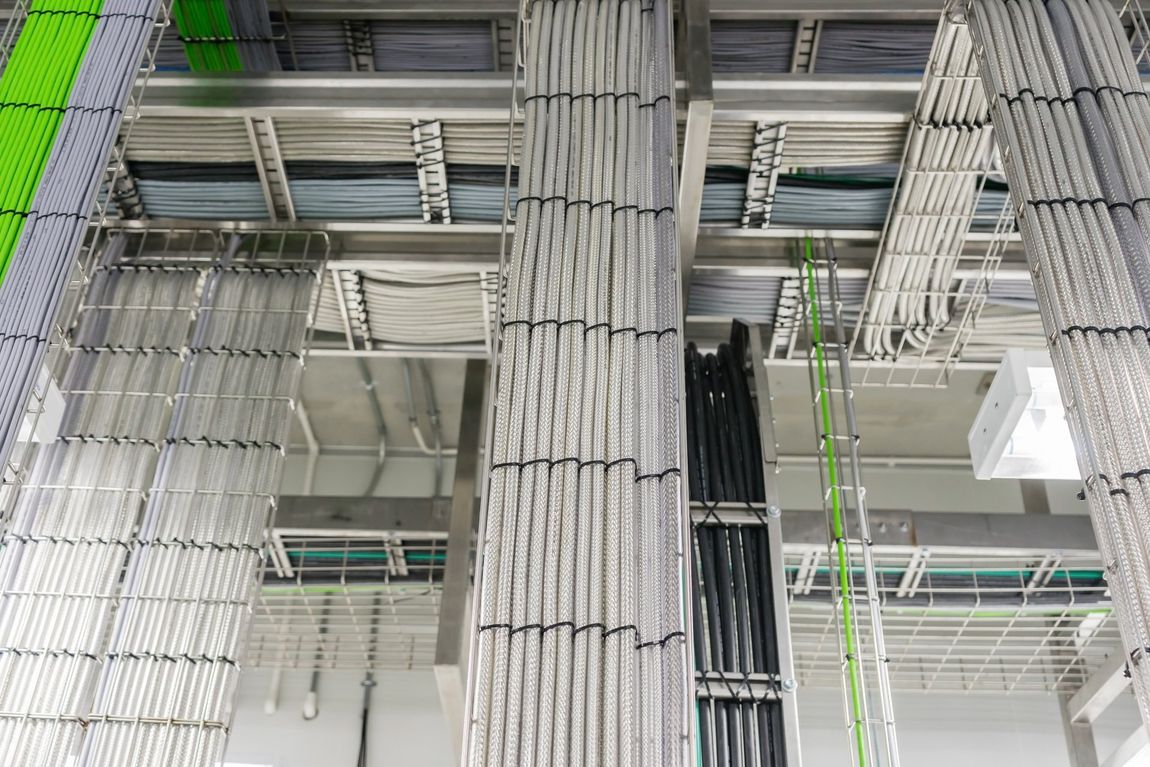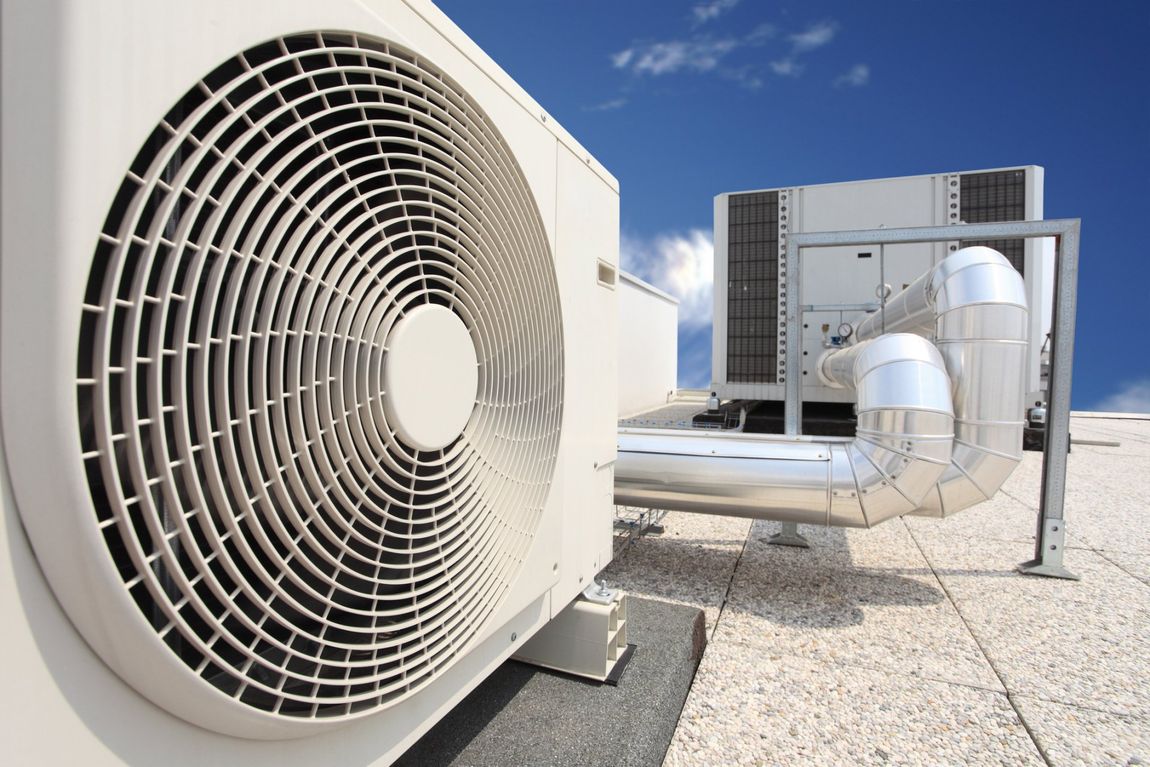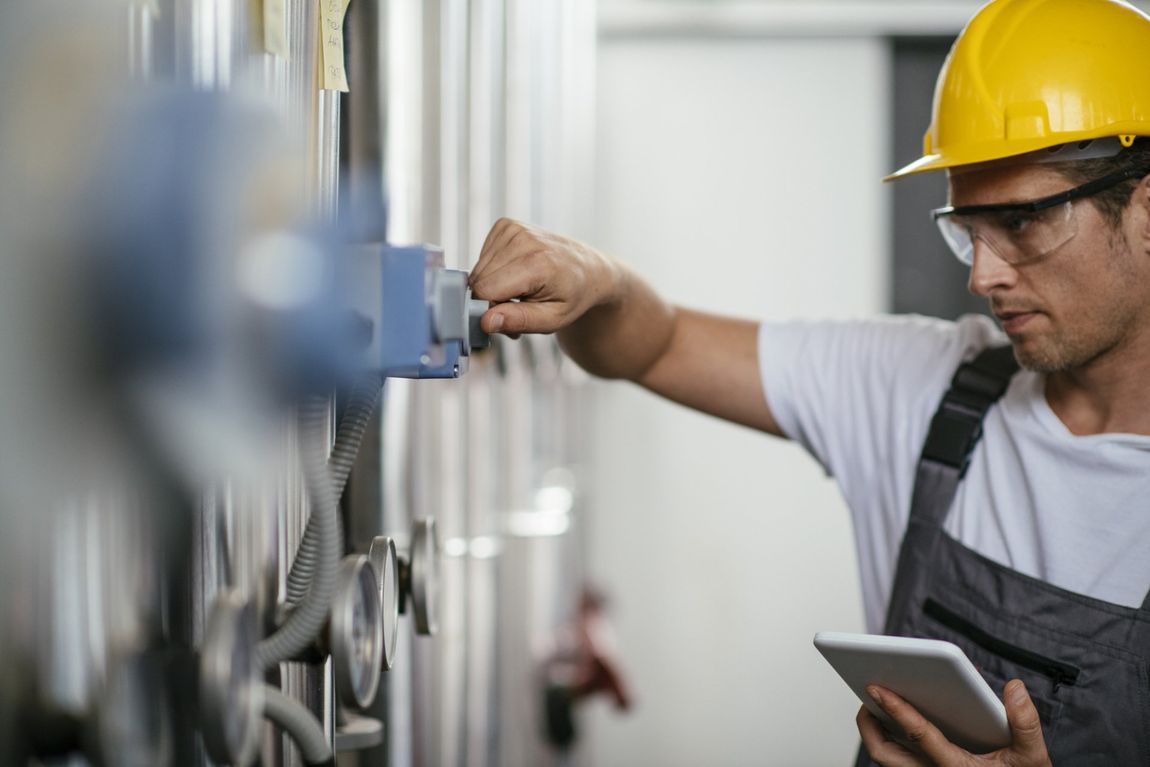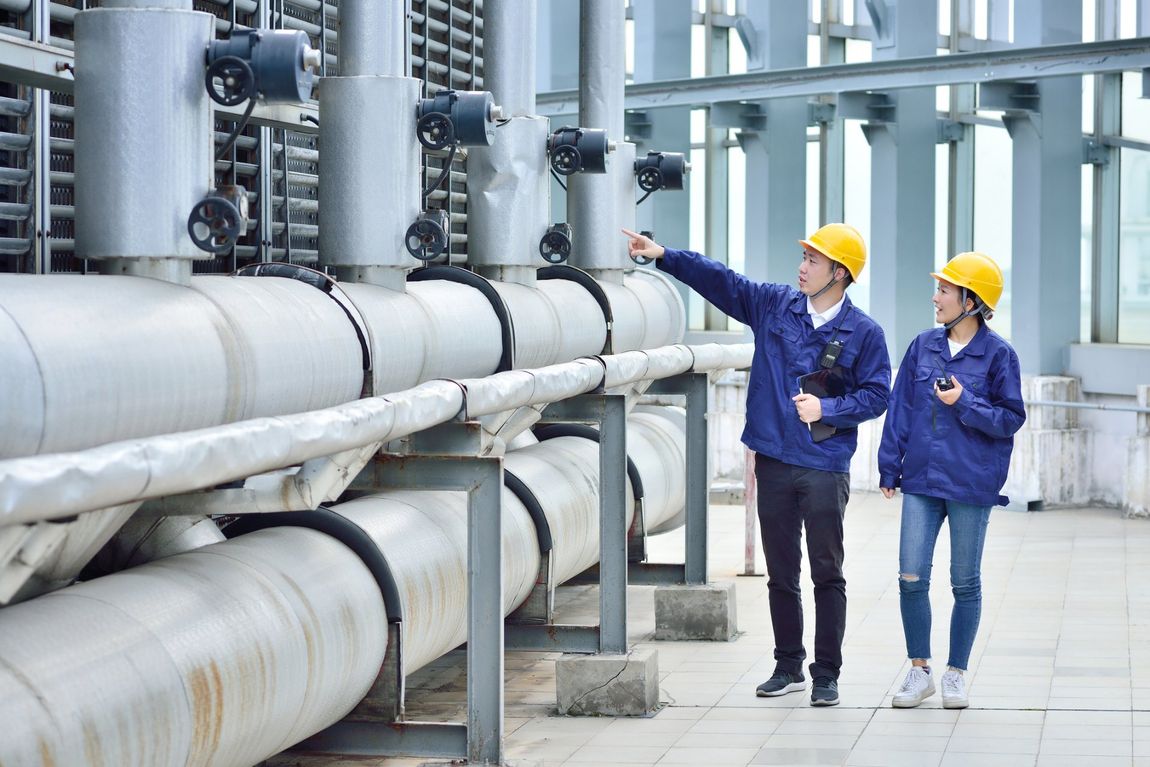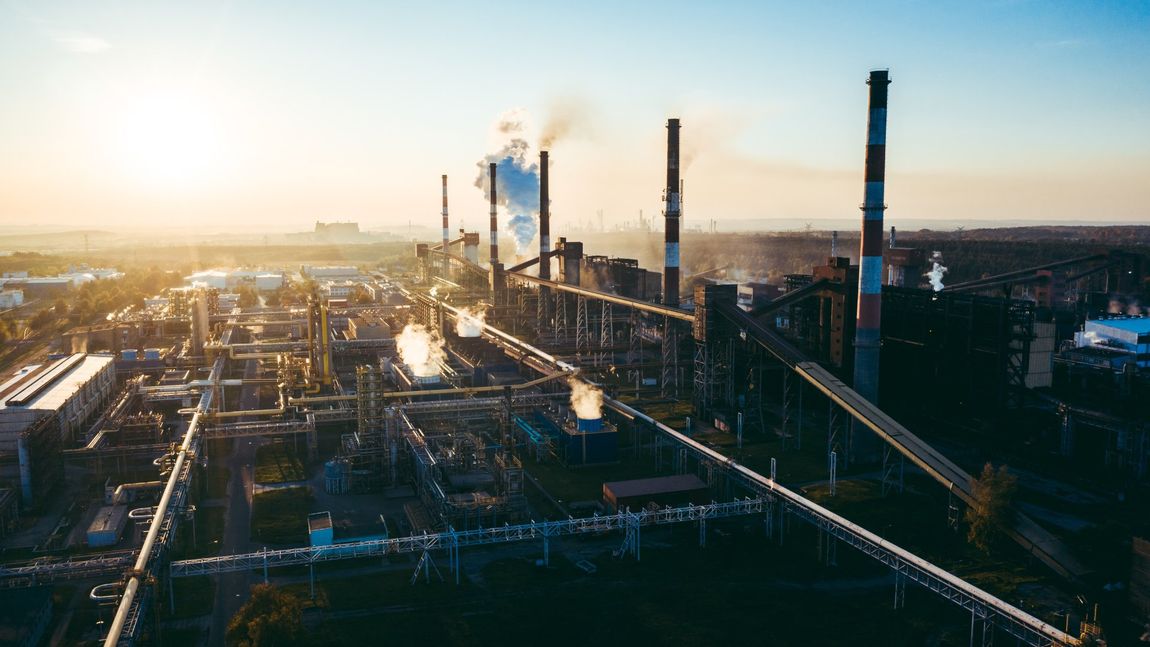Technological systems for banks
Inadequate protection of your home could cost you dearly. If you include the economic and sentimental value of your property, a theft or fire could be much more expensive than it might seem. For this reason, the value of a good fire and intruder alarm is incalculable.
At Telesicurezza Service, we take care of the installation and maintenance of integrated security systems: not an expense but an investment in the present and future of your property and your family. Contact us to request information, quotes or to make an appointment.
Electrical and home automation systems
INDUSTRIAL ELECTRICAL INSTALLATIONS: HOW TO DESIGN AND IMPLEMENT THEM SAFELY
Performing an industrial electrical installation is more complex than a civil electrical installation.
This is due both to the presence of more complex machinery and to strict regulations. For this reason, it must be designed and executed by experienced and qualified personnel.
FM distribution systems
Downstream of the secondary distribution panels is the actual energy distribution network which is designed to serve all power, lighting and service sockets and all the equipment that comprise the user systems.
This distribution follows the architecture of our customers' factory facilities and is conveyed through steel ducts and walkways designed to contain and mechanically protect the distribution lines. It then continues in the last few metres with steel piping until it reaches the final user.
Electricity is distributed according to the specific needs of each customer, following the fundamental design plan.
Switchboards
Telesicurezza Service employs staff with many years' experience in the field of industrial and tertiary plant engineering and is able to supply customers with assembled, wired and certified electrical panels, with a technical office for designing and drawing up electrical diagrams (if these are not provided by the customer). The dynamism of our wirers and the constant attention paid to the customer and their needs guarantee increasingly innovative electrical panels whose reliability and competitiveness is widely recognised by our major customers.
Illumination
We convert and build LED lighting systems
LEDs are a guarantee for lighting efficiency and huge energy savings of more than 80% when compared to conventional lamps.
LED lighting is one of the preferred next-generation solutions in the field of energy-saving lighting.
Thanks to the use of semiconductors, it is the preferred option in a cost-benefit analysis geared towards energy savings and durability. The 'cold' light output allows LED lighting systems great versatility for installation in contact with materials that cannot be overheated. Versatility, creativity, sustainability and durability make LED lighting the solution of the present at the service of the future.
Electric cabins
For Telesicurezza Service, the assembly and installation of electrical substations is an important part of its technical knowledge: reliability guaranteed by the professionalism of its technicians tin obtaining a certified quality product for the customer and a result that is safe and sustainable for the end consumer.
Energy saving
Energy saving refers to all activities, measures and technologies aimed at reducing and optimising energy consumption. Energy saving and energy efficiency are essential to reduce the environmental and climate impact of fossil fuels. Consumers who are sensitive to this issue can employ various solutions, contributing to environmental sustainability and, at the same time, reducing their bills: the effective reduction of electricity and gas consumption through good habits, the transition to the free energy market with the choice of a new operator or the use of technologies that limit the energy used and even produce on-site with the least possible waste.
Grounding systems and protection from atmospheric discharges
What is an atmospheric discharge protection system?
An atmospheric discharge protection system is designed and installed according to precise regulations whose purpose is to reduce the probability of lightning strikes to a structure. In order to know how likely a facility is to be considered self-protected (i.e. it does not require an atmospheric discharge protection system), a detailed study by a qualified technician according to certain European technical regulations is required. This report is a compulsory document to be carried out by all employers for their operation.
If the technical report reveals the need for an atmospheric discharge protection system, it must be designed and installed by professionals registered with technical orders and registers.
Atmospheric discharge protection systems include rod-type systems, such as the typical lightning rod, rope-type systems and cage-type systems.
Therefore, if an activity has an atmospheric discharge protection system, it must be periodically checked by an inspection body or by ASL and ARPA.
This system must then be checked by an inspection body periodically to check its condition and that all maintenance has been carried out regularly. This check is required by Presidential Decree 462.
Home automation
What is home automation
Home automation includes all those processes that use technologies to improve the quality of life in homes and buildings. But it does not stop there, as home automation can increase the performance and functionality of the various systems that make up a home.
This is done by optimising consumption and providing access to various functions such as security, energy saving, control, communication and comfort.
While a traditional system can be controlled by activating normal commands, such as a switch, which are incapable of communicating with each other, the home automation system allows the various functions to be governed from a single control point, allowing coordinated management of the various smart devices in the home.
Home automation offers great potential, as it can be applied in the most diverse and different areas. These innovative technologies are increasingly being used in public and commercial buildings, as well as in many working environments, such as banks, companies, clinics and specialist offices.
The most noble form of home automation is as help for elderly and disabled people. In fact, so-called care home automation has seen an increase in its applications, thanks to the creation of new customisable automations that allow people with severe disabilities to complete even complex actions.
The main application of a home automation system is in lighting, with the option of controlling the switching on, off and adjusting lights. It is also possible to control the various current loads, thanks to functions that allow them to be monitored on the basis of energy saving and prevention of black-outs.0
Home automation finds applications in heating and temperature control, with the possibility of regulating the temperature in any part of the building, avoiding energy waste by keeping everything under control from your smartphone.
Door automation is another interesting function of home automation, allowing doors, awnings, gates, shutters and more to be opened and closed automatically. For example, these can open automatically when you approach or leave your home.
In terms of security, alarm systems can be installed, including those that detect flooding, smoke or gas leaks and which send alerts directly to the owner's smartphone via notifications or text messages.
Video surveillance is one of the functions of home automation and allows you to monitor both the interior and exterior of your home in real time.
Finally, it is possible to control household appliances remotely, perhaps by activating certain functions or programming certain laundry programmes. Garden irrigation can also be controlled remotely, with the option of automating it at the most convenient times, using rain and humidity sensors.
These functions can be activated using the various smart devices, which, through smartphone applications such as Apple Home and Google Assistant, allow simultaneous use.
Networks and structured cabling
We are one of the leading companies in Italy in the sector of protection of people, goods and data. We have been operating for years in the sector and are able to offer the advice of our experts to individuals and companies in any situation. We have also obtained UNI ENI ISO 9002 Quality Certification and IMQ Registration, a further guarantee of the quality of our products and the work we provide. We also carry out maintenance work on fire and burglar alarm systems all year round, every day: at the service of the consumer since 1997.
Integrated solutions of this kind, from fire and intruder alarms to an always-on service, can really give you peace of mind.
Modular, integrable, quality products that are easy to use.
Air conditioning systems
Comfort, consumption, coordination: three requirements that must be met when implementing air conditioning systems for workplaces, be they companies, offices or banks.
Comfort for the user: each office or work area must have independent temperature control, adequate air exchange and correct humidity.
Consumption: this must be limited for the company and is achieved through careful design of the air conditioning systems.
Spatial and temporal coordination: the position of the equipment, anemostats and fan coils is done according to the layout of the office or bank furniture. The coordination of our technicians guarantees the correct sequence of all the various operations on the site.
Telesicurezza Service carries out not only the design of the layout and furnishings but also the design and implementation of air conditioning systems optimised for the specific site, offering functional solutions characterised by an excellent quality-cost ratio.
In the field of air conditioning and climate control, our company offers a wide range of products and customised solutions for civil and industrial systems, throughout Italy.
Telesicurezza Service offers assistance services for all systems of any type and size.
Types of air conditioning systems that Telesicurezza Service offers:
Heating and cooling systems using heat pump equipment;
- Ducted primary air exchange systems with the use of heat recovery units or AHUs (air handling units, mainly used for office and banking spaces);
- Heating systems with district heating units;
- Centralised systems to switch off systems remotely, check correct operation or adjust temperatures.
Heating systems
Heating system installation
Telesicurezza Service designs, installs and maintains heating systems taking various factors and variables into account - because proper design will have a positive impact on the economic, aesthetic and ecological aspects as well as on the way and efficiency with which heat is propagated.
There is no such thing as one heating system that is better than another in absolute terms, but one system may have individual specifications that better suit one context over another.
Below are a number of different types of heating, from which we will certainly be able to find the one that best suits you and your needs.
Water systems
Water-sanitary systems: supply and drainage networks
Telesicurezza Service operates in the civil and industrial sectors with competence and professionalism, guaranteeing continuous technological innovation of its materials. The company, which is constantly expanding, offers a wide range of services and solutions.
Turning on the tap in your own home and having access to drinking water, including hot water if necessary, is possible thanks to an essential system for modern homes: the water-sanitary system.
Water systems allow a constant supply of drinking water, so it is essential to pay due attention to the quality of water intended for human consumption, considering that it can be altered by external agents such as chemical and microbiological factors.
Preserving good water quality must be the main objective of those designing, installing, operating and maintaining water distribution networks. Some simple preventive measures can be the selection of pipe materials, correct sizing of the system (actual calculation of actual pressure losses) and maintaining hot water temperatures above 50°C.
Water systems
A sanitary water system includes
- an adduction or supply system, consisting of all the networks, components and equipment that allow the adduction and distribution of hot and cold water to the various users of a building;
- a drainage system, which allows the disposal of the quantities necessary to meet the needs of the users.
Adduction networks
A water supply system starts at the point of connection to the public drinking water supply and ends at the point where the water is used, i.e. the sanitary appliance (tap, bath, bidet, etc.).
The supply systems in almost all homes are connected directly to the public water supply network.
Tanks and autoclave systems
When the pressure is not sufficient to reach the highest floors of a building, auxiliary lifting systems must be installed, such as the autoclave - a hermetically sealed metal tank containing a compressor that pumps air into the tank to prevent pressure variations and allow the system to operate at full capacity.
Pipes and special components for water networks
The distribution network generally consists of horizontal distribution pipes, vertical risers, distribution pipes to the floors and to the various appliances, and shut-off devices (valves).
Water meters and counters
Drinking water distributed by water systems, although complying with the specific values set by law, may nevertheless contain a number of substances (e.g. encrusting salts) that can cause serious damage both to distribution networks and to the appliances that use the water. It is therefore possible to treat the water before it is distributed in order to reduce the presence of undesirable substances.
Regulations
As with other types of systems, the installation of the water system is governed by very precise regulations that make it compulsory to comply with certain construction standards, whether for a completely new home or one undergoing renovation.
Air treatment plants
We are one of the leading companies in Italy in the sector of protection of people, goods and data. We have been operating for years in the sector and are able to offer the advice of our experts to individuals and companies in any situation. We have also obtained UNI ENI ISO 9002 Quality Certification and IMQ Registration, a further guarantee of the quality of our products and the work we provide. We also carry out maintenance on fire and burglar alarm systems all year round, every day: at the service of the consumer since 1997.
Integrated solutions of this kind, from fire and intruder alarms to an always-available service, can really provide peace of mind.
Modular, integratable, quality products that are easy to use.
Automatic doors
We are one of the leading companies in Italy in the sector of protection of people, goods and data. We have been operating for years in the sector and are able to offer the advice of our experts to individuals and companies in any situation. We have also obtained UNI ENI ISO 9002 Quality Certification and IMQ Registration, a further guarantee of the quality of our products and the work we provide. We also carry out maintenance on fire and burglar alarm systems all year round, every day: at the service of the consumer since 1997.
Integrated solutions of this kind, from fire and intruder alarms to an always-available service, can really provide peace of mind.
Modular, integratable, quality products that are easy to use.






